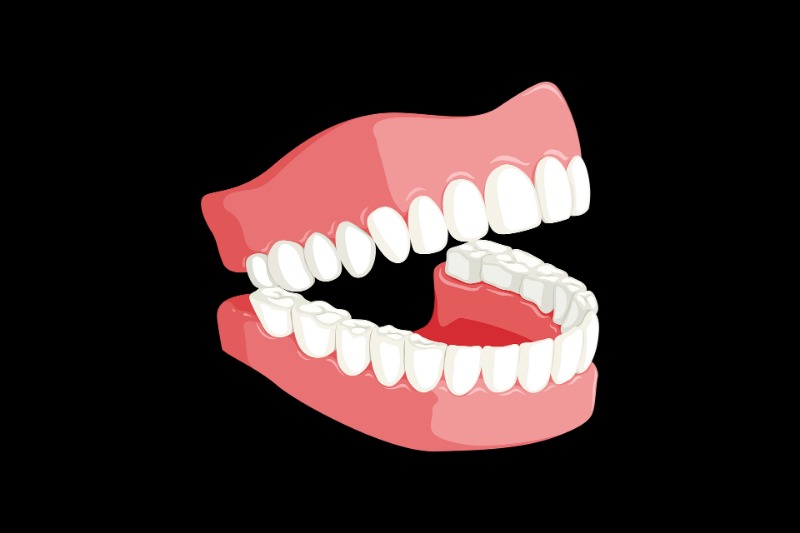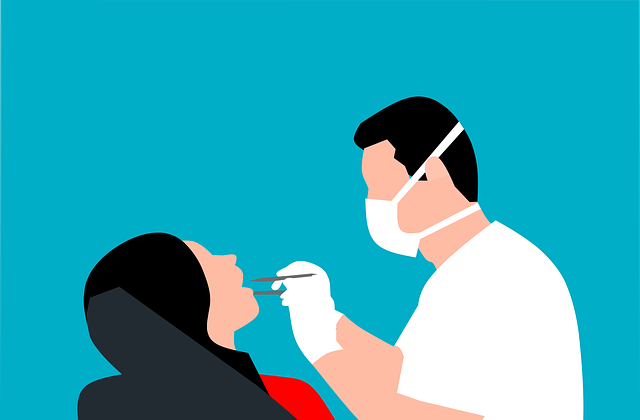
A gingivectomy is usually performed when a patient has a severe gum disease that cannot be cured with antibiotics or scaling and root planing. Gingivectomy is used to remove and reshape loose, diseased gum tissue to get rid of pockets between the teeth and gums. The best dentist in Glendale, who has great experience in successfully carrying out such procedures, will help you with soft tissue gingivectomy. Call 1-818-578-2324 for a consultation now.
What Is Gingivectomy?
Gingivectomy is an operation that is performed on soft gum tissues. It is the surgical removal of the overgrown margin of the gum, which form periodontal pockets. In those pockets, the remains of food and plaque provide a nutrient medium for harmful bacteria and subsequent inflammation. So, those pockets must be cleaned and treated as soon as possible to eliminate complications.
Gingivectomy is indicated in the following situations:
- periodontitis;
- hypertrophic gingivitis;
- overhanging and deformation of the gum;
- formation of pathological dentogingival pockets;
- to improve the aesthetics of a smile;
- for hygienic reasons.
The patient himself cannot decide whether they need an operation. This decision can only be taken by the dentist. The best dentist in Glendale, Dr. Sahakyan can correctly assess the health status of the oral cavity organs, and make a forecast of a possible relapse of the disease. If other methods prove to be useless or ineffective, he can recommend to you a gingivectomy.
How Does the Gingival Pocket Appear?
Non-compliance with dental hygiene leads to sad consequences, one of which is the formation of pockets in the gums. The pocket is a free cavity between the tooth and the gum, in which the remains of food are accumulated. They are transformed by pathogenic microorganisms into tartar. To get rid of the gingival pocket, a gingivectomy is performed.
The Essence of Gingivectomy
Gingivectomy is called an operation to eliminate the gingival margins. At first, the dentist removes the gingival pocket, which can be filled with food residues and be the source of infection in the mouth.
Most often, the formation of pockets is a characteristic of periodontitis. With periodontal disease, there is a hollow between the gum and tooth or pocket. Nutritional effects provoke constant inflammation. If the pocket is not removed in a timely manner, it will lead to the penetration of the process into the depth with damage to the periodontal and the root. The operation is done under local anesthesia. It usually takes about 30 minutes, depending on the type of gingivectomy.
The purpose of the operation is the removal of a part of the soft tissues. This is done in order that it would be possible to conduct full-fledged oral hygiene in the future. This will not allow the accumulation of dental deposits in the gingival pockets.
How is Gingivectomy Performed?
The entire procedure can be conditionally divided into three stages:
Preparatory Stage
The preparatory stage includes:
- professional cleaning of teeth. It is carried out to remove tartar, plaque, and food debris, which is, a nutrient medium for the development of pathogenic bacteria.
- the introduction of a local anesthetic. The operation is performed under local anesthetic, which lasts several hours, but this is enough to do all the necessary manipulations without feeling pain or discomfort.
Operation Stage
Dentist Glendale, Dr. Sahakyan removes the periodontal tissue partially or completely, depending on the indications. The periodontal pocket can be removed on one tooth, as on several at once. Removal of the gingival pockets is performed with a laser. The laser helps to minimize postoperative complications.
After removing the gingival tissue, the dentist may put a temporary putty over your gums. This will protect gums while they heal. Thanks to all these procedures, tissue recovery occurs faster.
Advantages of Laser Gingivectomy

Gingivectomy with a laser has a number of advantages compared to a similar operation performed in the traditional way:
- the possibility of more accurate removal of the edges of the gums, thereby preventing inflammation in very deep layers – dental canals, bone tissue;
- independent hygiene of the oral cavity becomes more effective because there is access to the areas of the tooth that were previously covered with gum pockets;
- laser surgery is characterized by rapid tissue healing, low traumatism, and minimal probability of complications.
- advantages of the procedure include minimal postoperative discomfort, and minimal time spent performing the procedure.
Postoperative Stage
At the postoperative stage, the dentist will explain to you how to care for your teeth during the rehabilitation period. Careful attention in the postoperative period should be turned to oral hygiene. Cleaning teeth should be gentle – you should use a brush with soft bristles. Sometimes the dentist recommends that you do not use the brush and thread for a while, but use only a special rinse aid. Call us at 1-818-578-2324 or contact us to schedule an appointment today.
What Can You Not Eat and Drink after Surgery?
After the gingivectomy, in the next few days, the dentist in Glendale, Dr. Sahakyan, recommended not to use:
- Hot and cold food, as well as drinks. The use of hot can adversely affect the gingival wounds after gingivectomy and slow the healing process. As for the cold, the sensitivity of the tooth enamel is slightly increased after hardware brushing of the teeth. As a result, too cold food and liquids can cause unpleasant sensations. In addition, the temperature difference promotes repeated inflammation of the gums;
- Solid food – nuts, seeds, bones – can injure the gums;
- Smoking and alcohol use should be completely ruled out or minimized as much as possible.
How Gingivectomy Corrects Your Smile?
After a gingivectomy, the teeth visually increase, and the gingival form changes. Aesthetic surgery makes it more correct and attractive. After carrying out hardware cleaning and bleaching in combination with a gingivectomy, your smile can become truly ideal.
Smile Makeover of LA offers dental services in Glendale, Burbank, and surrounding areas. If you would like to make an appointment to see the best dentist in Glendale Dr. Sahakyan, contact us or give us a call at 1-818-578-2324. Dr. Sahakyan will perform a thorough examination, promptly identify any problems and suggest options to deal with them effectively.
